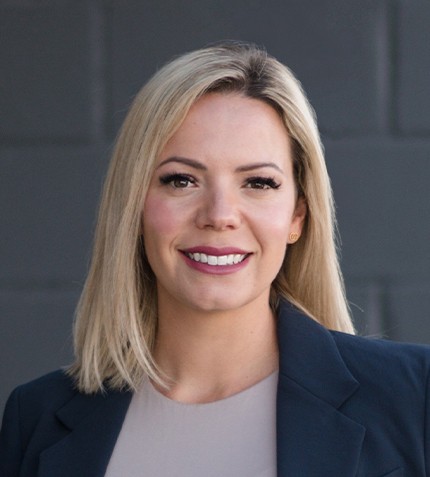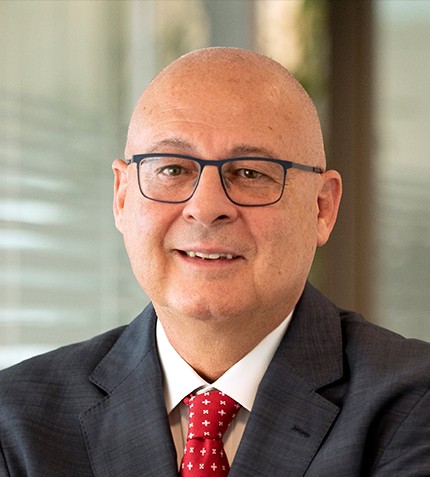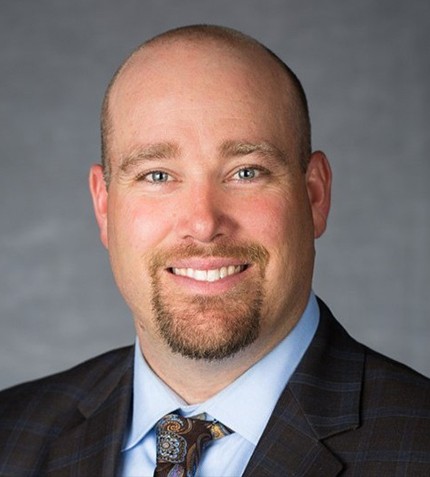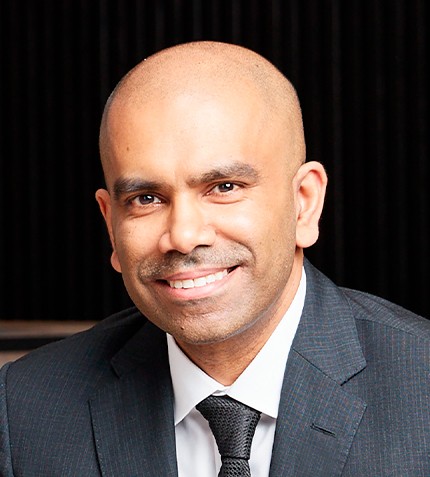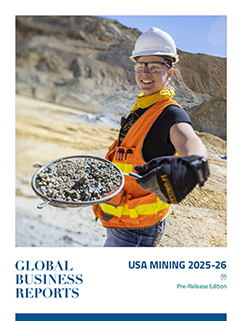
"Cementation specializes in large, complex developments, starting at US$100 million and bigger, so we are very well positioned in Mexico’s silver space, with top-tier assets operated by miners who share our values for safety and responsible mining."
RELATED PUBLICATION
Eric Smith
MANAGING DIRECTOR, CEMENTATION AMERICAS
Could you provide an overview of Cementation’s presence in Mexico?
Cementation has been operating on-and-off in Latin America since the late 1990s, delivering projects in Colombia, Chile, Argentina, and, most often, Mexico. We have a fully owned incorporated company in Mexico called Cementation Mining Mexico. Currently, our largest project is in the state of Zacatecas, where Cementation is contracted with a large client in performing mine development.
Cementation specializes in large, complex developments, starting at US$100 million and bigger, so we are very well positioned in Mexico’s silver space, the country being the largest silver producer in the world, with top-tier assets operated by miners who share our values for safety and responsible mining. We are actively working to secure another large project in the country in the next year.
What are some of the main differences between operating in Mexico and the US/Canada?
Mexico has a very proud mining history, an experienced workforce, and communities that understand the importance of our industry. No different than in places like the US and Canada, we need to train people on the latest technologies we are adopting. Our main goal with new technologies is to separate people from hazards, especially when working underground, so this is a big push for us in Mexico. What’s really impressive is the underground connectivity and digital infrastructure we are seeing in Mexico, with many of the mines we work in benefiting from Wi-Fi or LTE underground, which is actually not always the case in the US or Canada.
Can you elaborate on the technologies implemented to separate people from hazards?
One is underground equipment like loaders, haul trucks, and drills that can be operated either from surface or even remotely. Whereas some tasks still need to be performed in-person underground, there are now many autonomous and semi-autonomous remote-operated equipment that reduce humans’ exposure to risks: for instance, one can dig and haul broken rock with a loader operated from thousands of kilometers away. Besides a digitalized fleet, Cementation has implemented virtual reality into our designs so that they can be reviewed in the virtual space before anything is built; with the VR headset on, you can identify and address potential hazards from the design phase.
Safety is clearly a big part of Cementation’s culture. How is that reflected in the way you work?
Notwithstanding the importance of conscious design and technology, the single most important aspect in risk prevention is actually empowering our employees to work only in safe conditions. Those who started in the mining industry 20-30 years ago are aware of some of the double standards around safety that were generally accepted. There was a time when safety was preached during preparatory shift meetings on the surface, and as soon as crews reached their underground position, the only thing that mattered was productivity at almost any cost. We are successfully challenging this outdated mindset and steadily building a more positive safety culture where safety is a non-negotiable priority.
Our tagline at Cementation is “We build mines, safely,” and this is about making safety a baseline of how we work, rather than a separate topic. Safety starts with planning, identifying hazards, and correcting these hazards long before anyone picks up a tool, and we empower every employee to be a part of this protocol.
Latin America has seen more anti-mining opposition than any other region. How does Cementation engage at a local level to promote training and development?
Though we are a non-unionized company, most of the projects we are working on have their own “sindicatos” (unions), so we work closely with these organizations, emphasizing that we are guests, here to do a job and not to replace people or steal jobs. Our most significant contribution is through upskilling our local employees on the latest safety-enhancing equipment. We seek to nationalize as quickly as we can, usually starting with a few expat trainers and progressively handing over to locals. For instance, by the end of one of our large projects with 280 employees, only one of them was an expat.
How do you observe client needs evolving in 2025?
Something that our clients want today is certainty of outcome. Before any big capital project, mining companies need to get their budget approved by the board, and they surely do not want surprises later on in the project. As a result, clients are looking for contractors who can deliver on time and on budget for the assigned scope. The ability to offer realistic timelines and budgets has become a real differentiator. To ensure that we deliver that certainty of outcome, we rely on continuous feedback and learning, collecting highly granular data underground – we track productivity, waiting times on materials, equipment efficiency, and daily shift reviews to identify any delays and ensure consistency within the stipulated budget and timeframe.





